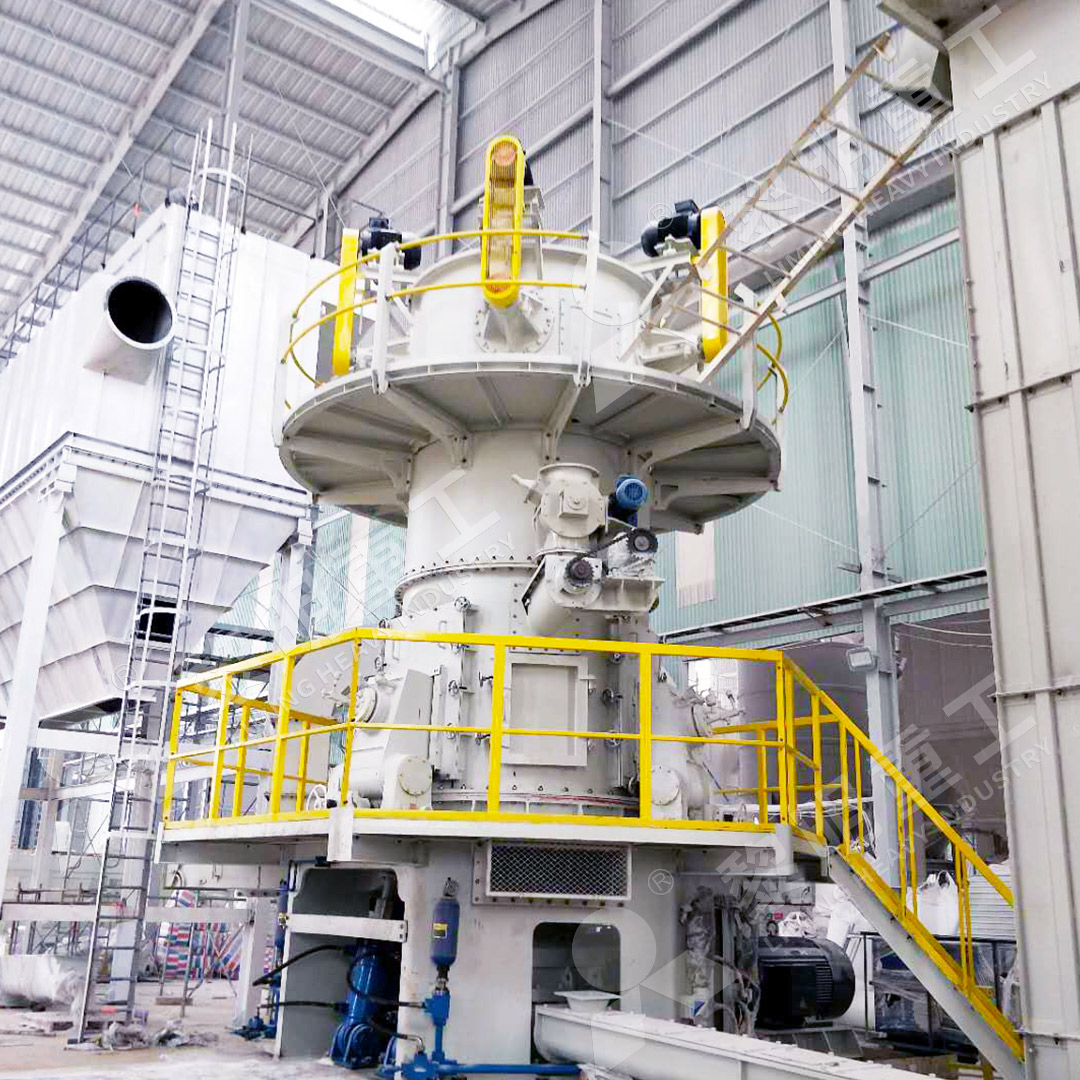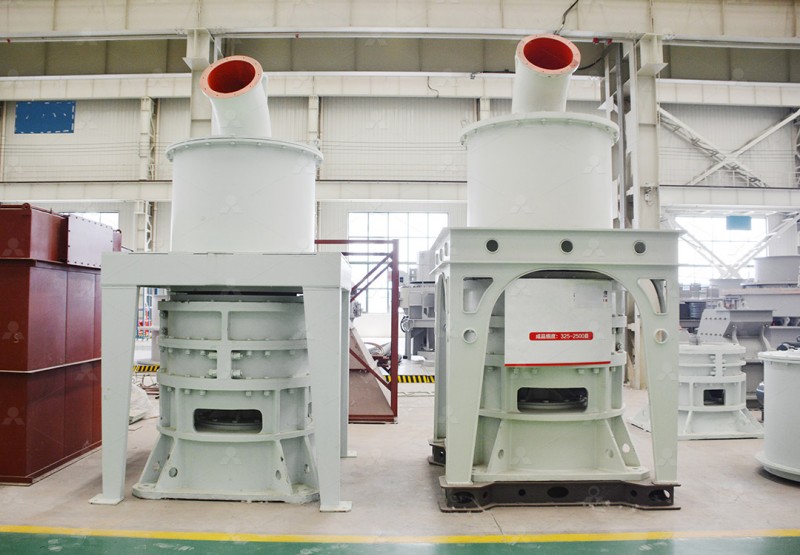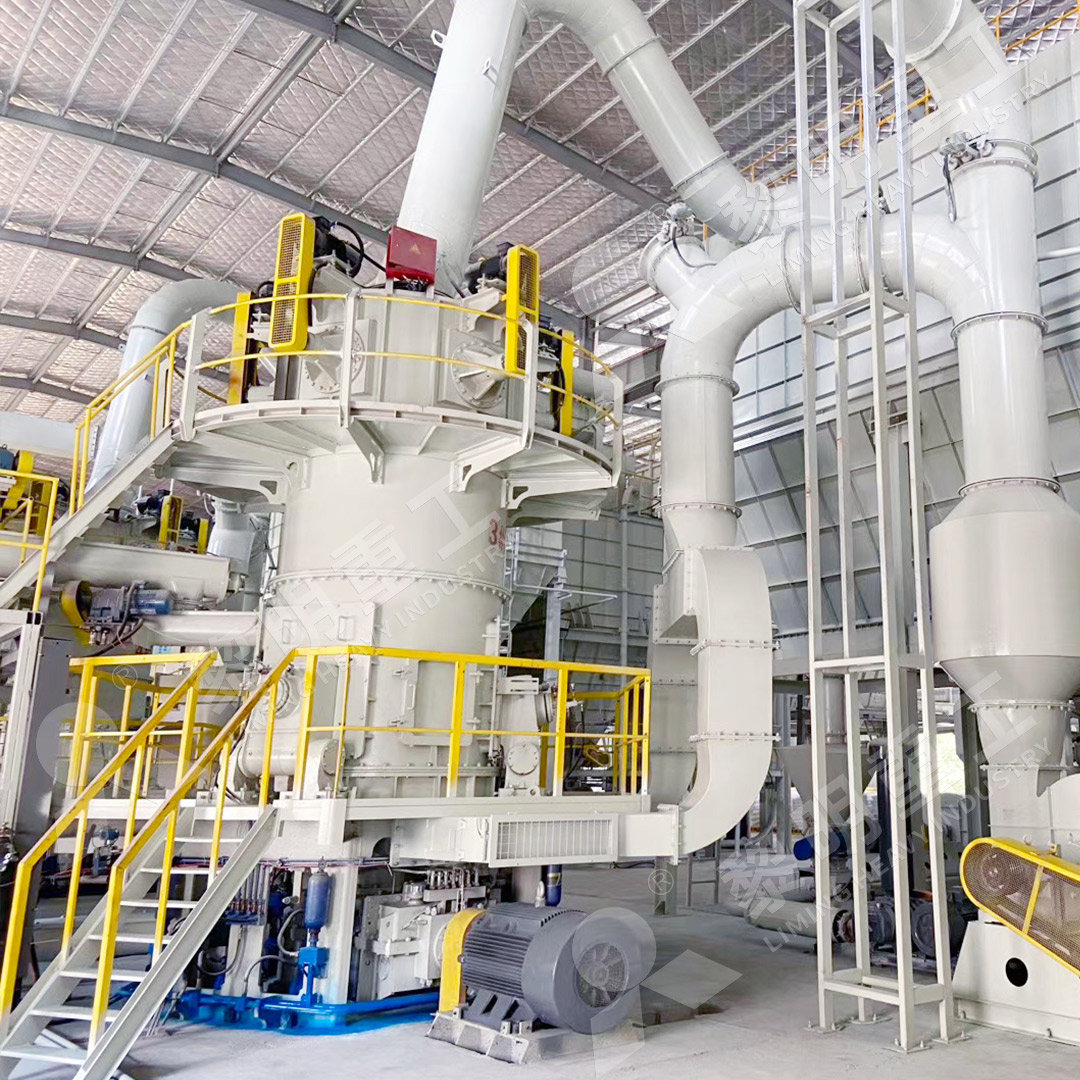How Does the Classifier Work in a Vertical Roller Mill?
How Does the Classifier Work in a Vertical Roller Mill?
In mineral processing and powder production industries, the classifier represents one of the most critical components within a vertical roller mill system. While grinding mechanisms receive much attention, it is the classifier that ultimately determines product quality, efficiency, and operational economics. Understanding its function reveals why modern milling operations prioritize classification technology.
The Critical Role of Classification
Classification serves as the quality control gatekeeper in grinding circuits. After materials undergo crushing and grinding between rollers and grinding tables, the resulting powder contains particles of varying sizes. The classifier’s primary function is to separate these particles based on size, allowing properly ground material to proceed as finished product while returning oversize particles for further grinding.

This separation process occurs through a combination of mechanical forces and airflow dynamics. As the air-powder mixture enters the classifier, rotating blades or cages create a centrifugal force field. Heavier, coarser particles migrate toward the classifier walls and eventually fall back to the grinding zone for reprocessing. Lighter, finer particles remain suspended in the air stream and continue to the collection system.
Advanced Classification Technologies
Modern classifiers have evolved significantly from simple static separators. Today’s high-efficiency classifiers incorporate multiple technological advancements:
- Variable Speed Drives: Allow operators to adjust classifier rotor speed in real-time, enabling precise control over product fineness
- Multi-Head Cage Designs: Provide more classification stages within a single unit, improving separation accuracy
- Computational Fluid Dynamics: Optimizes airflow patterns to minimize energy consumption while maximizing separation efficiency
- Smart Control Systems: Integrate with mill operation to automatically maintain product specifications despite feed variations
These technological improvements have dramatically increased classification efficiency, with modern units achieving cut points as fine as 5 microns while maintaining sharp separation curves.
Impact on Overall Mill Performance
The classifier’s performance directly influences several key operational parameters:
- Product Quality: Consistent particle size distribution ensures product meets specification requirements
- Energy Efficiency: Proper classification reduces overgrinding, which can account for 30-50% of milling energy consumption
- Capacity Optimization: Efficient material circulation prevents classifier congestion and maintains grinding momentum
- System Stability: Balanced material flows between grinding and classification zones prevent operational upsets

For operations requiring superior classification performance, our MW Ultrafine Grinding Mill represents the pinnacle of classification technology. Engineered with German-developed cage-type powder selector technology, this mill achieves remarkable fineness adjustment between 325-2500 meshes with screening rates reaching d97≤5μm in a single pass. The innovative design eliminates rolling bearings and screws within the grinding chamber, addressing common failure points while maintaining classification precision even during continuous 24-hour operation.
Integration with Grinding Dynamics
The classifier doesn’t operate in isolation—it functions as part of an integrated system where grinding parameters and classification settings must be carefully balanced. Mill operators must consider:
- Grinding pressure and its effect on particle size distribution
- Airflow volume and velocity through the classification zone
- Feed rate consistency to maintain stable classifier operation
- Wear patterns on classifier components and their impact on separation efficiency
When properly tuned, the classifier and grinding mechanisms work synergistically. The grinding process produces the raw material distribution, while the classifier extracts the valuable fraction and redirects the remainder for further size reduction. This closed-loop system enables vertical roller mills to achieve remarkable efficiency in powder production.
Another exceptional solution for precise classification needs is our LUM Ultrafine Vertical Grinding Mill, which incorporates the latest Taiwanese grinding roller technology with German powder separating technology. Its PLC-controlled multi-head powder separating system completely resolves the dual challenges of high-precision cutting diameter and rapid switching between different production demands, reducing energy consumption by 30-50% compared to conventional mills.

Frequently Asked Questions
What is the primary function of the classifier in a vertical roller mill?
The classifier separates fine particles from coarse particles in the ground material, allowing finished product to proceed to collection while returning oversize material for further grinding.
How does classifier speed affect product fineness?
Higher classifier speeds create greater centrifugal forces, retaining more material for regrinding and producing finer final products. Lower speeds allow coarser particles to pass through, resulting in larger product size.
What maintenance do classifiers require?
Regular inspection of wear parts (blades, liners, bearings), balancing checks, and clearance verification are essential. Modern designs like our MW Ultrafine Grinding Mill minimize internal components to reduce maintenance needs.
Can classifier settings be adjusted during operation?
Yes, most modern mills feature adjustable classifier systems that can modify fineness without shutdown. Our LUM Ultrafine Vertical Grinding Mill allows real-time adjustment of grinding pressure, revolution speed, and classification parameters.
How does classifier efficiency impact energy consumption?
Efficient classification reduces recirculation of already-sized material, minimizing overgrinding which can account for 30-50% of milling energy. Proper classification directly translates to lower operating costs.
